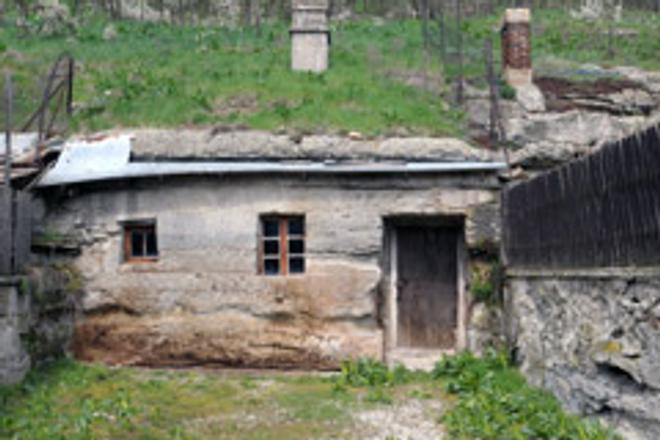THE UNIQUE rock dwellings in Brhlovce threw open their doors to the public on April 11, attracting around 200 visitors to this historic reservation for folk architecture. The tourists were greeted by expert guides, an exhibition about the village's past and present, and a local museum, the SITA newswire wrote.
The Open Doors Day was organised by the Regional Monuments Office in Nitra in cooperation with the Tekov Museum in Levice and the village of Brhlovce.
"The aim is to remind the public that we have here one of the 10 historic reservations of folk architecture in Slovakia, since many people don't know about it," Ján Dano, head of the Tekov Museum in Levice, told SITA.
One reconstructed homestead in Brhlovce - No. 142, which is part of the Tekov Museum - was visited by 6,511 people last year.
There are more rock dwellings in Brhlovce, of which some are still inhabited. Their inhabitants have built houses on top of the original dwellings, which are carved into the rock. In 1994 the Tekov Museum was the first organisation in Slovakia to receive an international heritage award, the Europa Nostra, for saving and using this homestead.
The homestead consists of a house made of bricks, dating from the late nineteenth century, and two storeys of rooms cut into the rock.
As the website for Brhlovce states, word has it that the rock dwellings have their origin in local peoples' preparations to defend against Turkish invasion in the 16th and 17th century.



 The Brhlovce rock dwellings have opened for a new season of tourism. (source: SITA)
The Brhlovce rock dwellings have opened for a new season of tourism. (source: SITA)